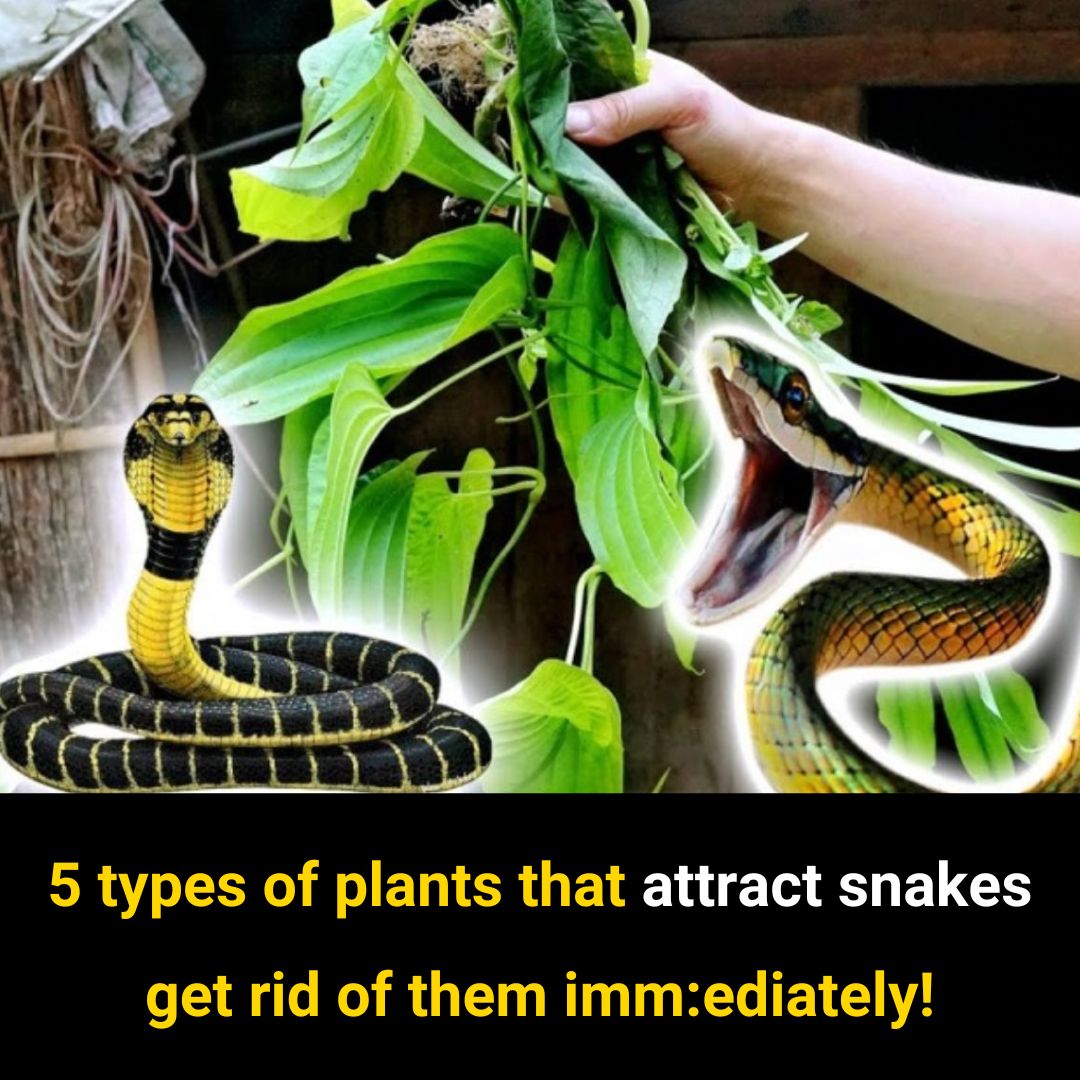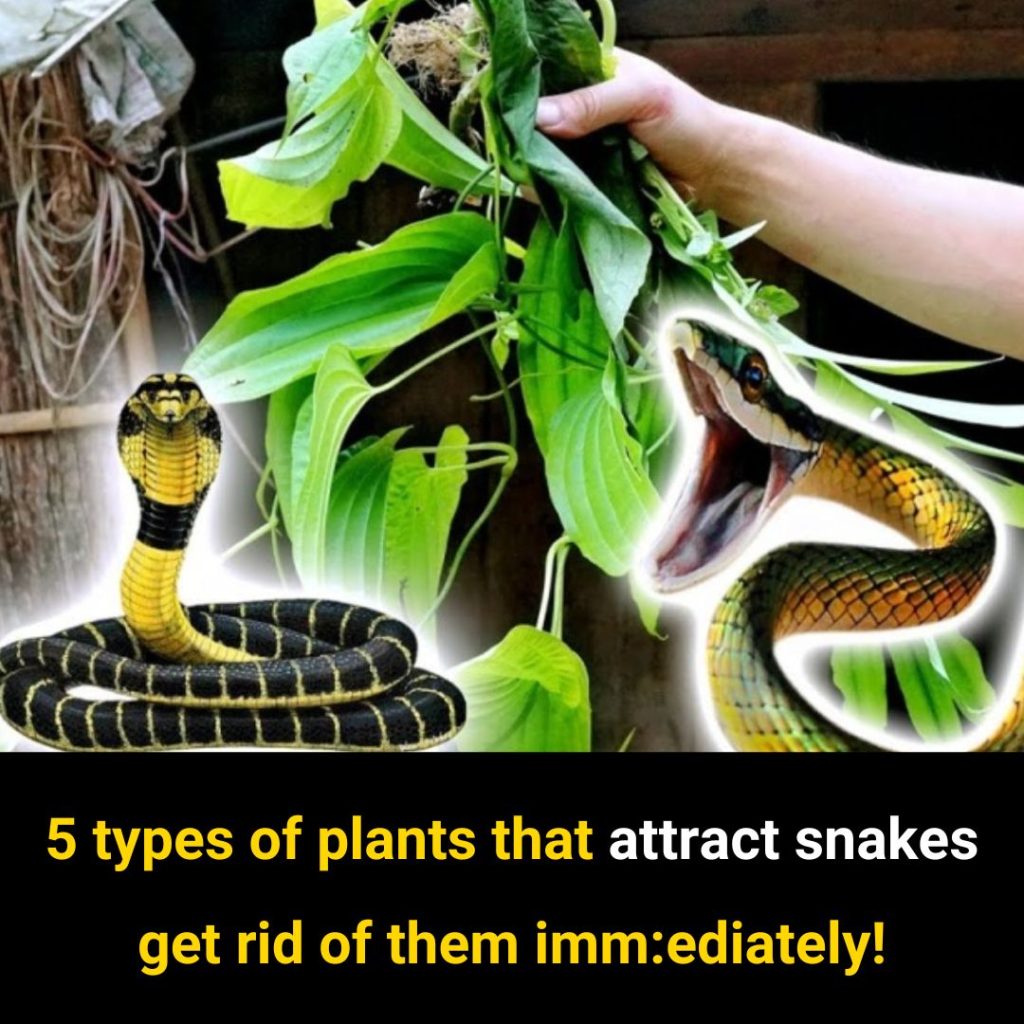While many plants are beloved for their beauty and fragrance, some can unknowingly attract dangerous wildlife, including snakes. If you live in an area where snakes are common, it’s essential to know which plants might be inviting them into your yard.
Here’s a list of five plants that could draw snakes closer to your home, and tips on how to stay safe.
1. Plumbago: A Sweet Smell That Attracts Snakes
Plumbago is a popular garden plant, known for its vibrant blue flowers and ability to bloom year-round. However, its sweet fragrance, which intensifies during the warmer months of May and June, can actually attract snakes.
The scent is particularly appealing to them, drawing them into your yard, sometimes without you even realizing it. To reduce the risk of snake encounters, it’s a good idea to avoid planting plumbago near your home or garden areas.

2. Hedyotis Diffusa: A Delicate Plant with a Dangerous Secret
Hedyotis Diffusa, also known as the creeping herb, is a delicate-looking plant that thrives in moist environments. It produces small white flowers, making it a favorite for many gardeners. However, according to folklore, wherever this plant grows, snakes are often nearby.
Its tiny pointed flowers may appear harmless, but it seems that the plant’s environment is particularly attractive to snakes. For the safety of your family, it’s best to steer clear of planting Hedyotis Diffusa in your garden.
3. Purple Cardamom: The Herb That Lures Small Animals – and Snakes
Purple cardamom is a popular medicinal herb often used to treat digestive issues, such as stomach cramps and diarrhea. But while it’s beneficial for humans, it can attract a variety of small animals like squirrels, rats, and even porcupines, which snakes consider prey.
Snakes are naturally drawn to areas with abundant food sources, so planting purple cardamom can inadvertently turn your garden into a feeding ground for snakes. If you want to keep snakes at bay, it’s best to avoid growing this herb in your yard.
4. Jasmine: A Sweet Aroma That Snakes Find Irresistible
Jasmine is adored for its delightful fragrance and is often used to enhance gardens or placed in vases around the house. While its scent may be a treat for humans, it also attracts snakes.
The strong, sweet fragrance can be an irresistible draw for them, potentially leading to snake sightings in your garden or even closer to your home. To protect your family, consider removing jasmine from areas near your home or garden, especially if you live in an area with frequent snake activity.
5. Pineapple: A Fruit That Snakes Love
Pineapple is a tropical fruit that’s enjoyed by many for its refreshing taste, especially during the summer. While it’s typically grown on large plantations or in fields far from residential areas, some homeowners attempt to grow pineapples in their gardens.
The problem is that pineapples are known to attract snakes, who are drawn to the small animals that feast on the fruit. If you live in a snake-prone area, it’s advisable to avoid planting pineapples in your garden and keep them far away from your home.
Keep Your Family Safe by Avoiding These Plants
While these plants can add beauty and fragrance to your garden, they can also bring unwanted visitors in the form of snakes. If you live in an area where snakes are common, it’s essential to be mindful of what you’re planting. Removing or avoiding these five plants can help reduce the risk of attracting snakes and keep your family safe.
In addition to removing certain plants, here are some additional tips to protect your home from snakes:
- Keep grass trimmed: Snakes love to hide in tall grass. Regularly mowing your lawn can make your yard less inviting.
- Seal gaps: Snakes can enter your home through small cracks or openings. Make sure your windows and doors are sealed tight, and check for gaps in your foundation.
- Use snake repellents: Natural repellents like cinnamon, clove oil, or even specific commercial repellents can help keep snakes away from your home.
By staying informed and taking proactive measures, you can reduce the risk of encountering snakes in your garden and ensure a safer environment for your family.


